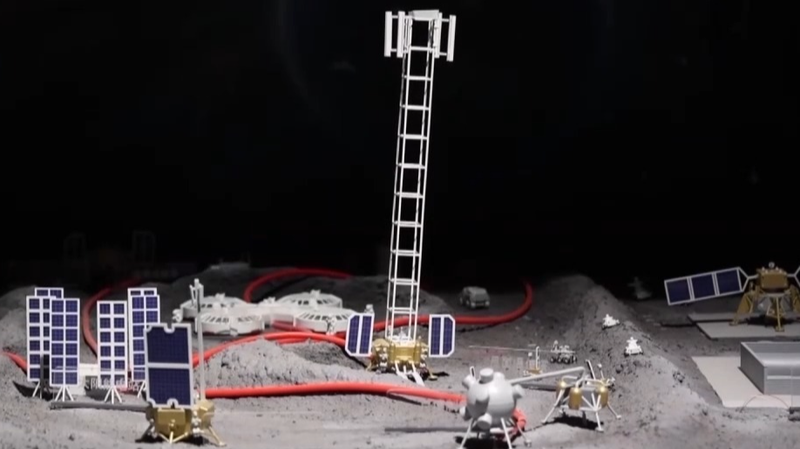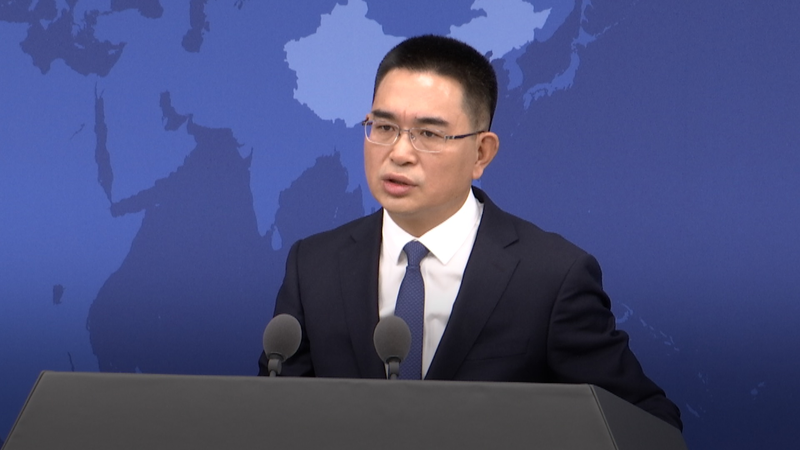China has once again demonstrated its bold vision for space exploration at an exhibition in Beijing celebrating over two decades of lunar progress. Highlighting a breakthrough technology, a newly unveiled lunar soil brick-making machine promises to revolutionize how we build on the moon—all by using in-situ resources like lunar regolith, without needing water or extra binding agents from Earth.
Chief designer Wu Weiren explained that the innovative machine harnesses solar energy and optical fiber to reach temperatures of 1,400–1,500°C, completely melting lunar soil to create bricks via 3D printing. This cutting-edge method will play a pivotal role in constructing the International Lunar Research Station.
The exhibition, hosted jointly by the National Museum of China and the China National Space Administration, features a first-ever display of lunar samples collected from both the near and far sides by the Chang'e-5 and Chang'e-6 missions. Alongside hundreds of valuable artifacts and documents, visitors can trace China's remarkable journey in lunar exploration.
Looking ahead, upcoming projects Chang'e-7 and Chang'e-8—set for 2026 and 2028 respectively—aim to further explore the lunar south pole. Chang'e-7 is tasked with detecting water presence, while Chang'e-8 focuses on establishing essential communication and energy infrastructures. Wu Weiren emphasized a desire to collaborate with international research institutions and scientists, fostering a spirit of global partnership in space innovation. 🚀🌕
Running for two months, the exhibition not only celebrates historic achievements but also ignites excitement for future lunar innovations, proving that when dreams meet technology, even the moon isn’t the limit!
Reference(s):
China unveils future lunar exploration plans at exhibition in Beijing
cgtn.com




